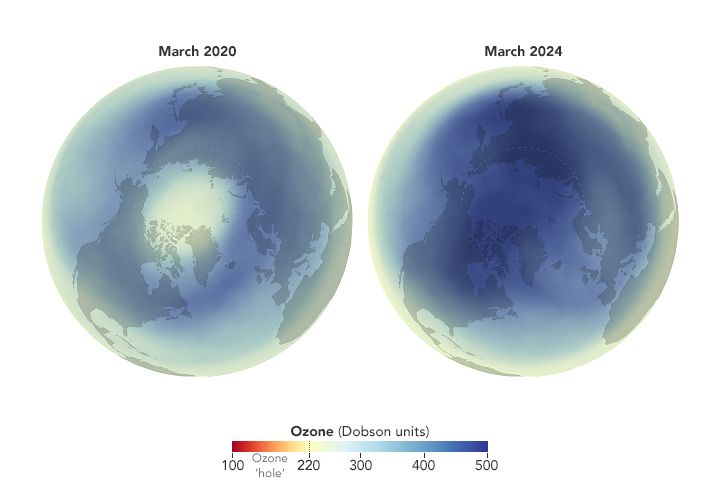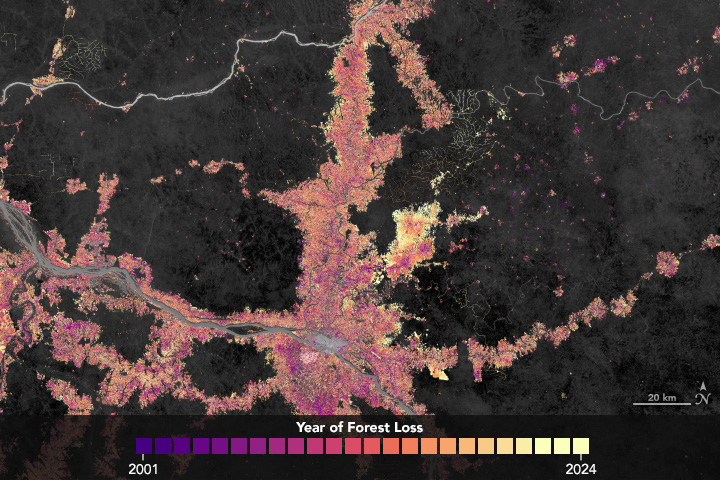



Recent Imagery
You will be directed to the NASA Visible Earth webpage when you select Images by Mission below, or click on the images at right that are randomly generated to represent four out of all possible topics.
You are here
Joint Polar Satellite System-2 (JPSS-2)
Status:
Current
Mission Category:
Inter-Agency Partnerships
Launch Date: November 10, 2022
Historical note: NPOESS 1330 LT orbit transferred to Joint Polar Satellite System (JPSS).
The Joint Polar Satellite System (JPSS) is the restructured civilian portion of the National Polar-orbiting Operational Environmental Satellite System (NPOESS) that conducts afternoon observations as it orbits Earth. The system includes the satellites and sensors supporting civil weather and climate measurements and a shared ground infrastructure with the Department of Defense weather satellite system.
NOAA is responsible for the JPSS program. NASA is the program's procurement agent, and the agency's Goddard Space Flight Center in Greenbelt, Md., is the lead for acquisition. Data and imagery obtained from JPSS will increase the timeliness, accuracy and cost-effectiveness of public warnings and forecasts of climate and weather events, reducing the potential loss of human life and property.
Polar-orbiting satellites observe Earth from space and collect and disseminate data on Earth's weather, atmosphere, oceans, land, and near-space environment and are able to monitor the entire planet and provide data for long-range weather and climate forecasts.
On Nov. 10, 2022, just before 2 a.m. Pacific time, an Atlas V 401 rocket carrying JPSS-2, the third in a series of five advanced polar-orbiting satellites, launched from California's Vandenberg Space Force Base.
Key Joint Polar Satellite System-2 Facts
| Altitude:Distance from sea level. | 833km |
|---|---|
| Inclination: | 98.7° |
| Local Node:Approximate time, at the equator when vehicle is directly overhead. | 1:30 p.m. |
| Instruments: |
ATMS (Advanced Technology Microwave Sounder) CrIS (Cross-Track Infrared Sounder) OMPS (Ozone Mapping and Profiler Suite) VIIRS (Visible/Infrared Imager/Radiometer Suite) |
| Other Key Personnel: |
go to: https://www.nesdis.noaa.gov/about/our-offices/office-of-low-earth-orbit-observations |
Relevant Science Focus Areas:
- Weather
Relevant Science Questions:
- How is the global Earth system changing?
- What are the primary forcings of the Earth system?
Related Applications:
- Weather Prediction

